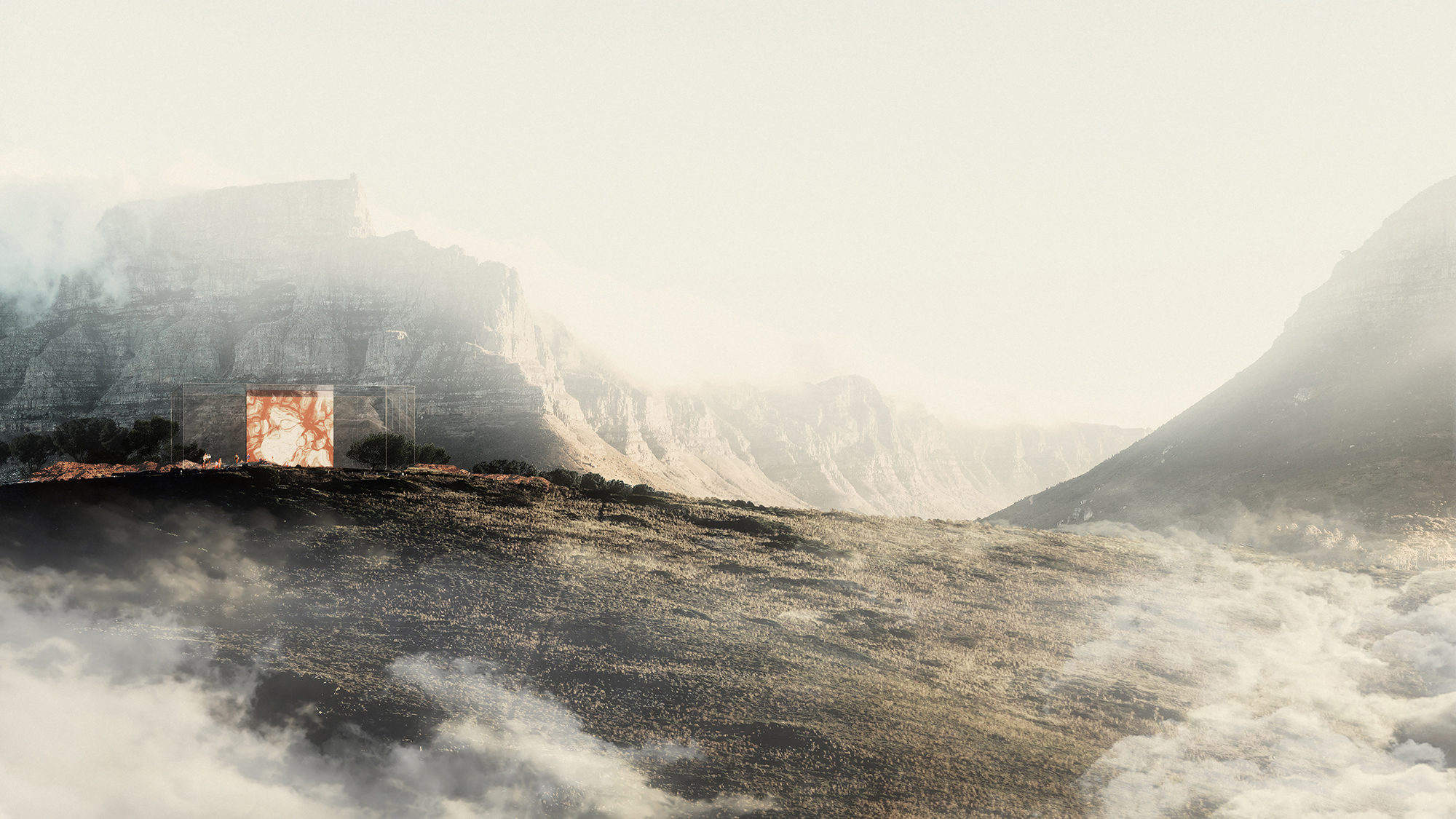The dark side of design: MoMA’s digital project ’Design and Violence’ makes the transition from pixels to print
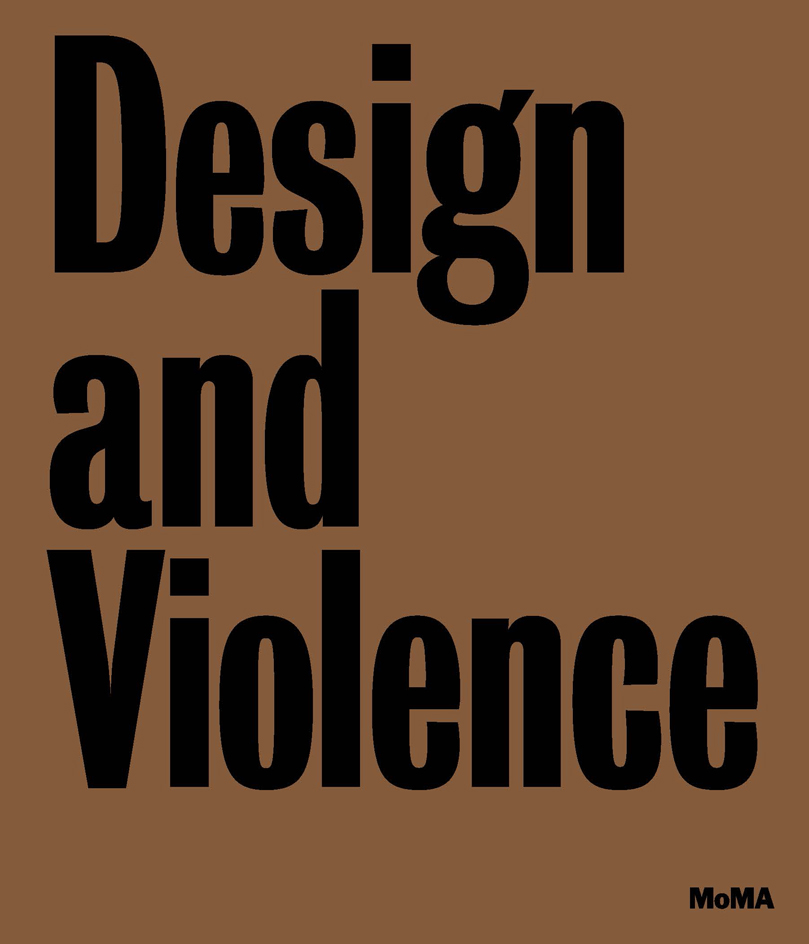
Started in the autumn of 2013, last month saw the close of MoMA's Design and Violence project - an 18 month-long online exhibition organised by Paola Antonelli, MoMA's senior curator at the Department of Architecture, and design critic and director of the graduate program in Transdisciplinary Design at Parsons The New School for Design, Jamer Hunt
Started in the autumn of 2013, last month saw the close of MoMA's 18 month-long experimental project, Design and Violence; an online exhibition that examines the inextricable relationship between these familiar yet uneasy bedfellows.
Organised by Paola Antonelli, MoMA's senior curator at the Department of Architecture, and design critic and director of the graduate program in Transdisciplinary Design at Parsons The New School for Design, Jamer Hunt, the website functions as a showcase for violence-related design objects (ranging from the lethal injection compound to the stiletto heel,) and also houses provocative essays by experts and thought leaders in response to the objects, which inevitably have sparked furious debate in the comments section. 'By making feedback a permanent and central part of the project, we gained some of our greatest insights,' notes Antonelli. 'We had two (two!) comments on the post on death penalty design and over 100 on the post regarding the design of the slaughterhouse. The death of animals galvanises more than the death of humans, and that was a surprise.'
Offline the project was fortified by a series of live-streamed panel discussions and an installation in the MoMA galleries. 'The online format was the best means, in the end, to begin this project,' reflects Hunt. 'Starting as an “online curatorial experiment” allowed us to be very nimble, and approach themes, authors, projects, and ideas that larger, well-known institutions aren’t always comfortable tackling, especially via design.'
Although covering all different scales of violence in design, the digital project centred on the modern day with almost all the featured design objects, projects and concepts being conceived post-2001 - a year which the curators posit as a pivotal moment in history, heralding the beginning of a permanent War on Terror; a global shift from symmetrical to asymmetric warfare; the emergence of nation-building as an alternative to military supremacy; and the rise of the intangible and complex battlefield of cyberwarfare.
Although the platform will remain online for the forseeable future, the project has now been translated from pixels into print in the form of a hefty book of the same name. Chronicling the design objects alongside the expert commentary, 'Design and Violence' is an era-defining design tome that should be essential reading for those interested in fields as diverse as journalism and art and design to science, law, finance and criminal justice.
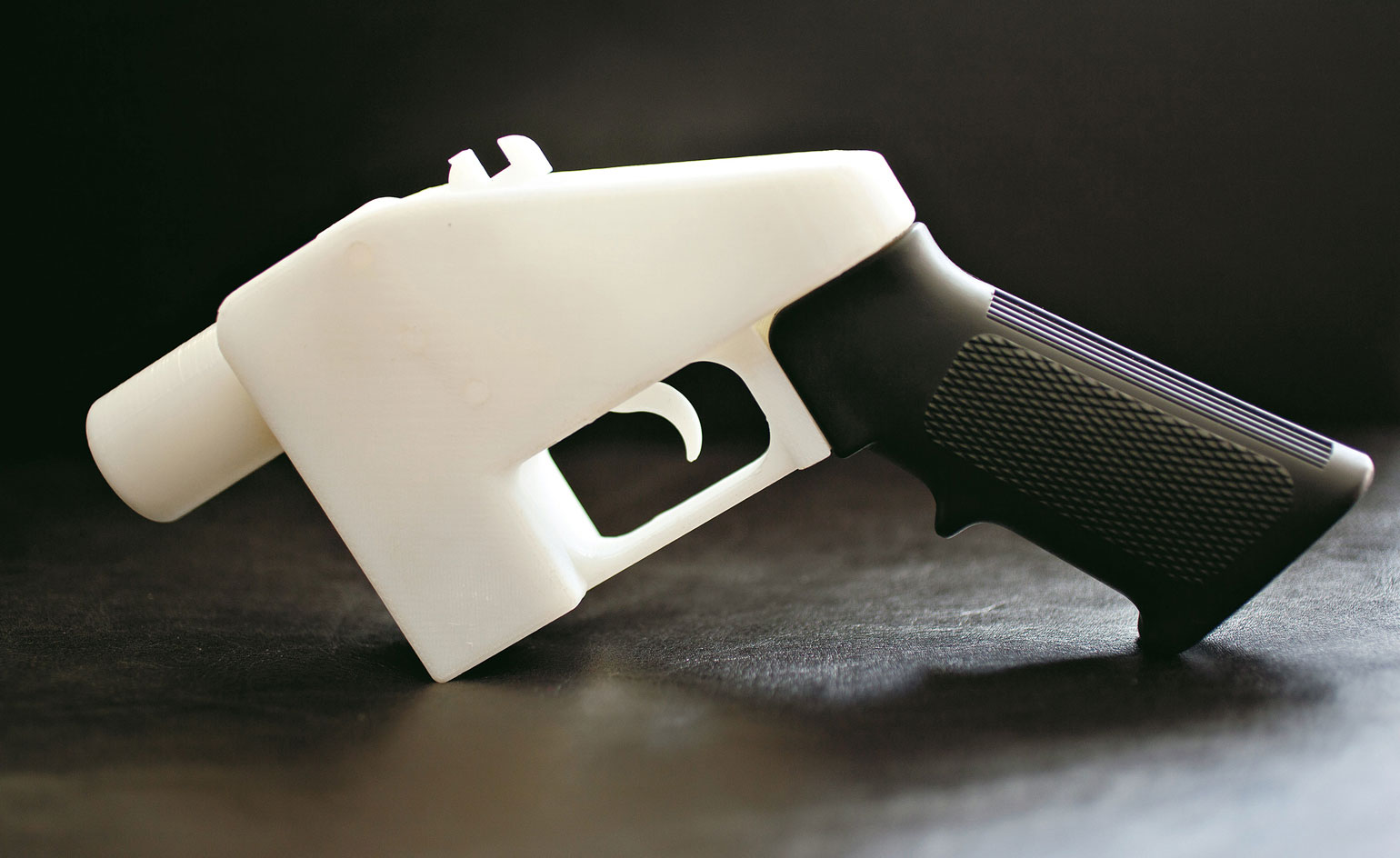
The experimental project brought together violence-related design objects, such as the world's first 3D-printed gun (pictured), with provocative essays by experts and thought leaders in response to the objects.
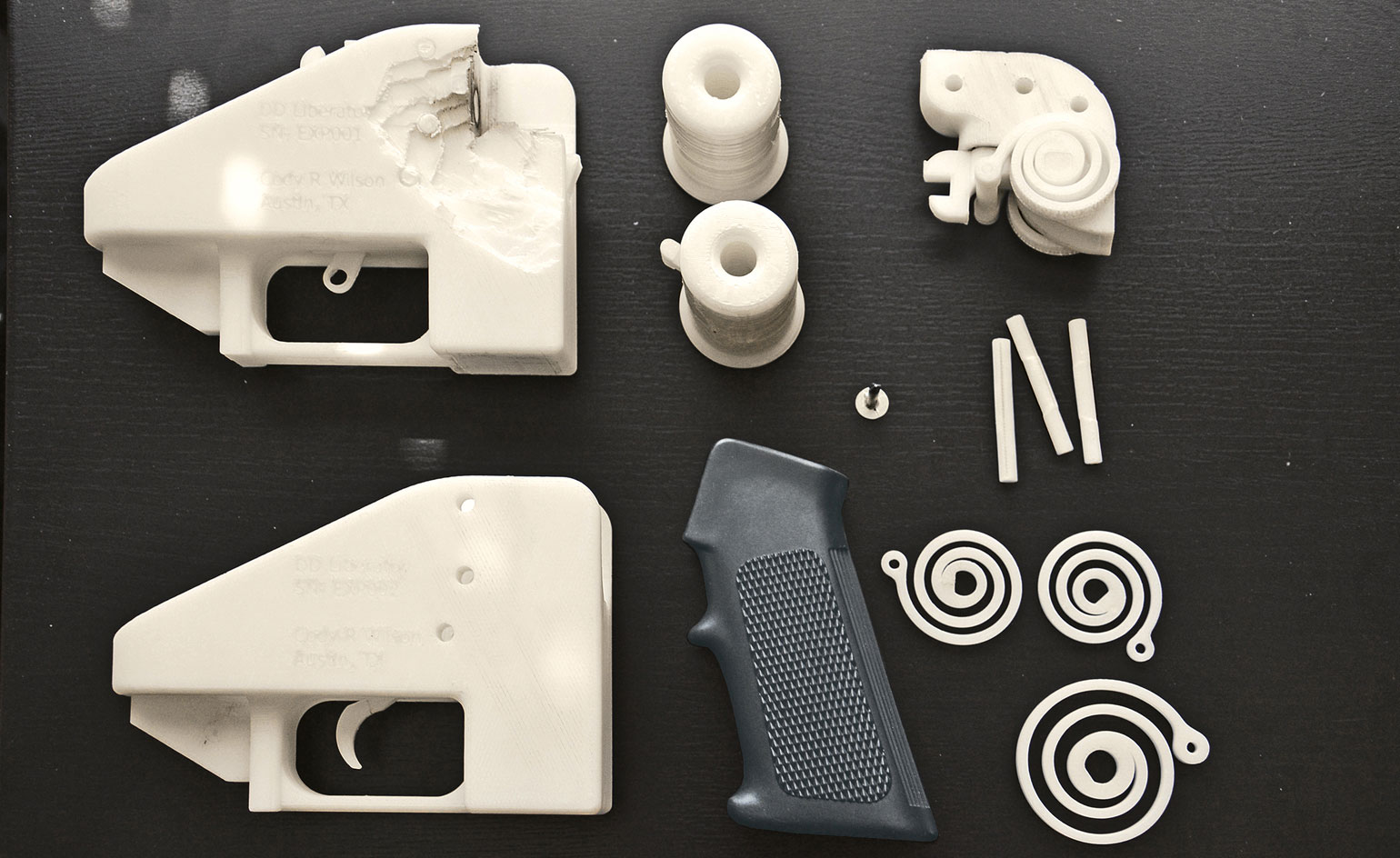
Pictured: Partial components of 3D-printed gun, 'The Liberator' (clockwise from top left): ABSplus thermoplastic frame, barrel, hammer body, frame pins, springs, grip; aluminum nail (center). Courtesy of Defense Distributed
Offline the project was fortified by a series of live-streamed panel discussions and an installation in the MoMA galleries
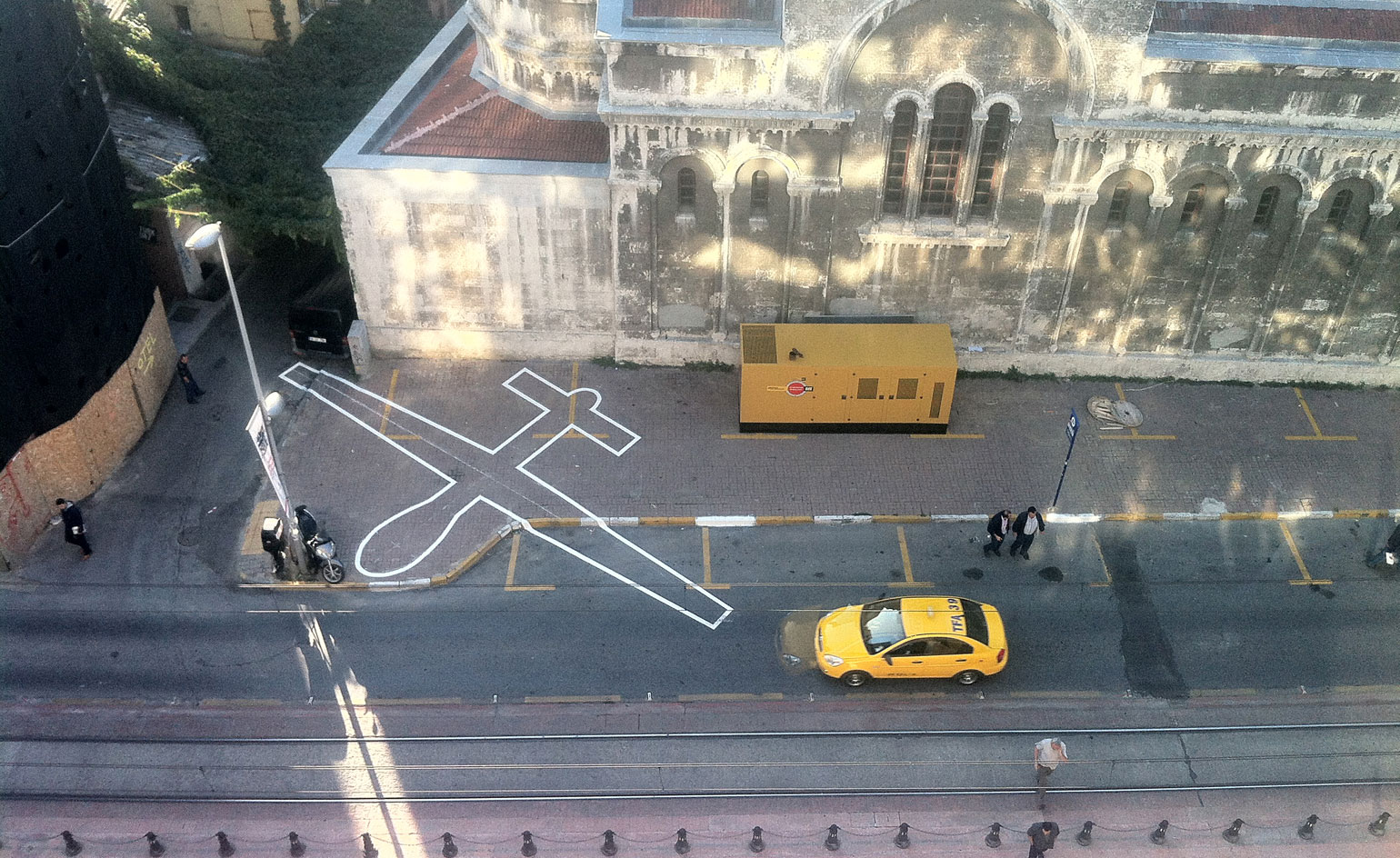
Pictured: 'Drone Shadow 002', Istanbul, Turkey, 2012 by James Bridle and Einar Sneve Martinussen.
The digital project centred on the modern day with almost all the featured design objects, projects and concepts being conceived post-2001.
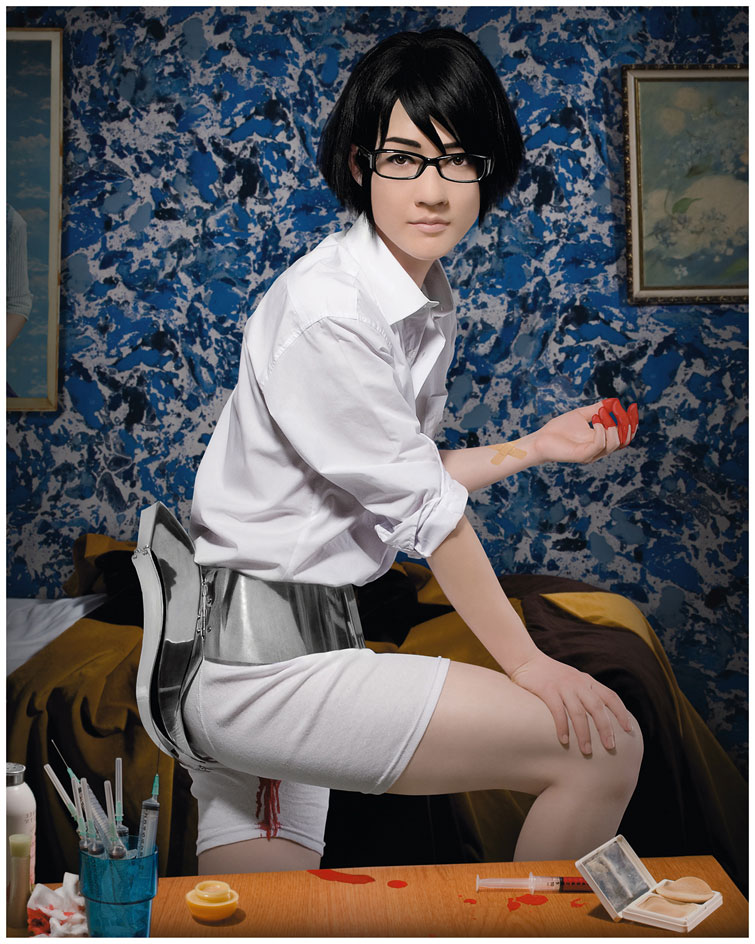
Pictured: Menstruation Machine, 2010 by Sputniko! courtesy of the artist
Chronicling the design objects alongside the expert commentary, 'Design and Violence' is now available as an era-defining design tome.

Courtesy International Rice Research Institute (IRRI)
IRRI scientists Peter R. Jennings and Henry “Hank” M. Beachell join IRRI director Robert Chandler, Philippine president Ferdinand E. Marcos, and U.S. president Lyndon B. Johnson in a field of IR8 rice plants (left to right), Los Baños, Philippines. 1966.
Receive our daily digest of inspiration, escapism and design stories from around the world direct to your inbox.
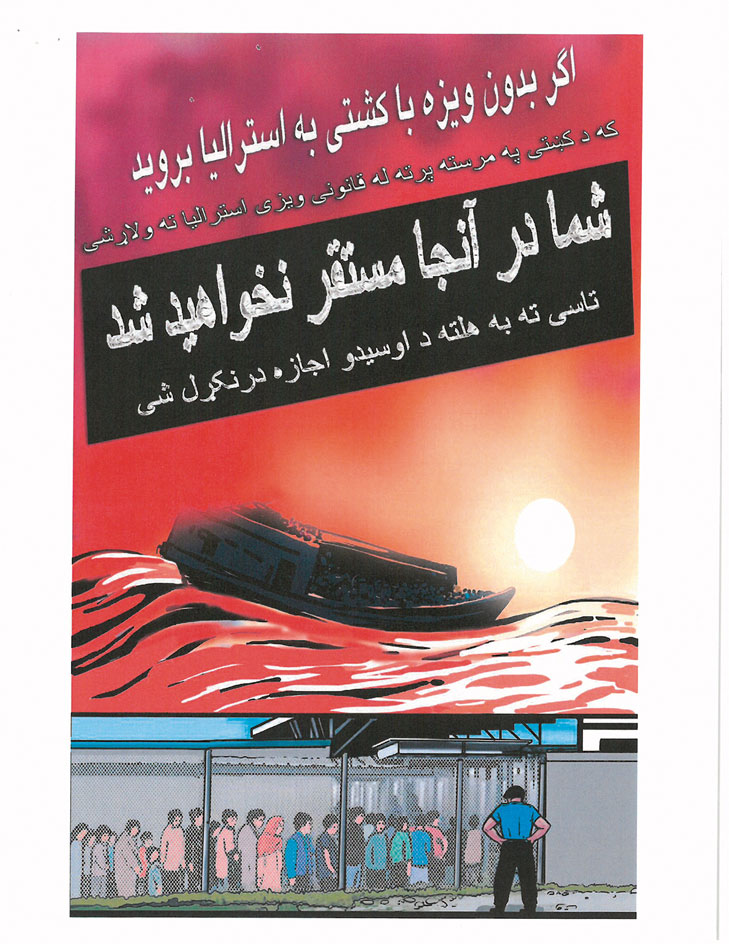
A page from "A storyboard on people smuggling." Part of Operation Sovereign Borders (est. September 18, 2013). Released on November 1, 2013.

Technical on the coast road B13 West of Marsa al burayqah, Libya. April 7, 2011.

Detail of Thousand No Wall, 2012 by Bahia Shehab.
Ali Morris is a UK-based editor, writer and creative consultant specialising in design, interiors and architecture. In her 16 years as a design writer, Ali has travelled the world, crafting articles about creative projects, products, places and people for titles such as Dezeen, Wallpaper* and Kinfolk.
-
 This cult Los Angeles pop-up restaurant now has a permanent address
This cult Los Angeles pop-up restaurant now has a permanent addressChef Brian Baik’s Corridor 109 makes its permanent debut in Melrose Hill. No surprise, it's now one of the hardest tables in town to book
-
 French bistro restaurant Maset channels the ease of the Mediterranean in London
French bistro restaurant Maset channels the ease of the Mediterranean in LondonThis Marylebone restaurant is shaped by the coastal flavours, materials and rhythms of southern France
-
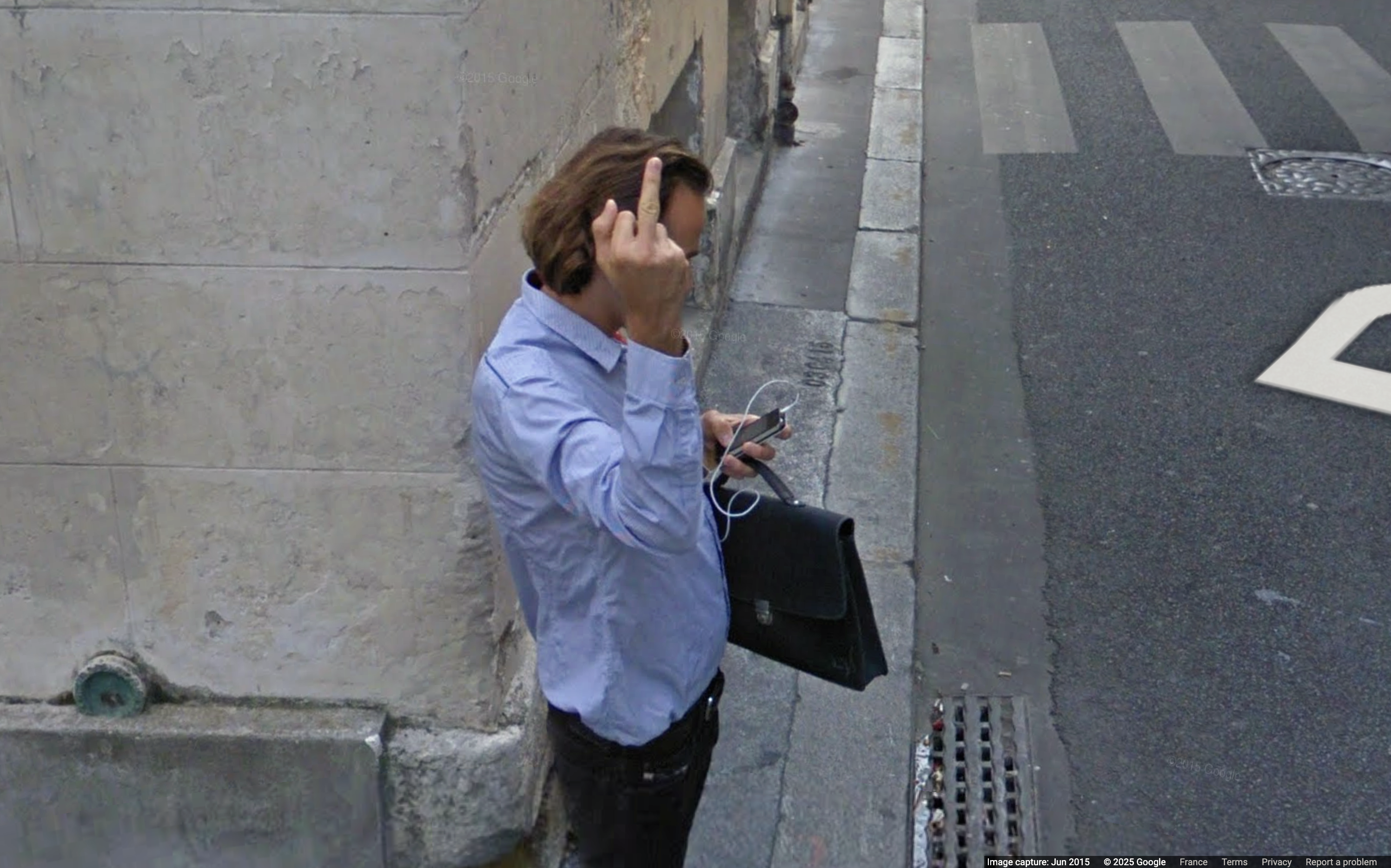 How ethical is Google Street View, asks Jon Rafman in Copenhagen
How ethical is Google Street View, asks Jon Rafman in CopenhagenIn 'Report a Concern - the Nine Eyes Archives' at Louisiana Museum of Art, Copenhagen, Jon Rafman considers technology's existential implications
